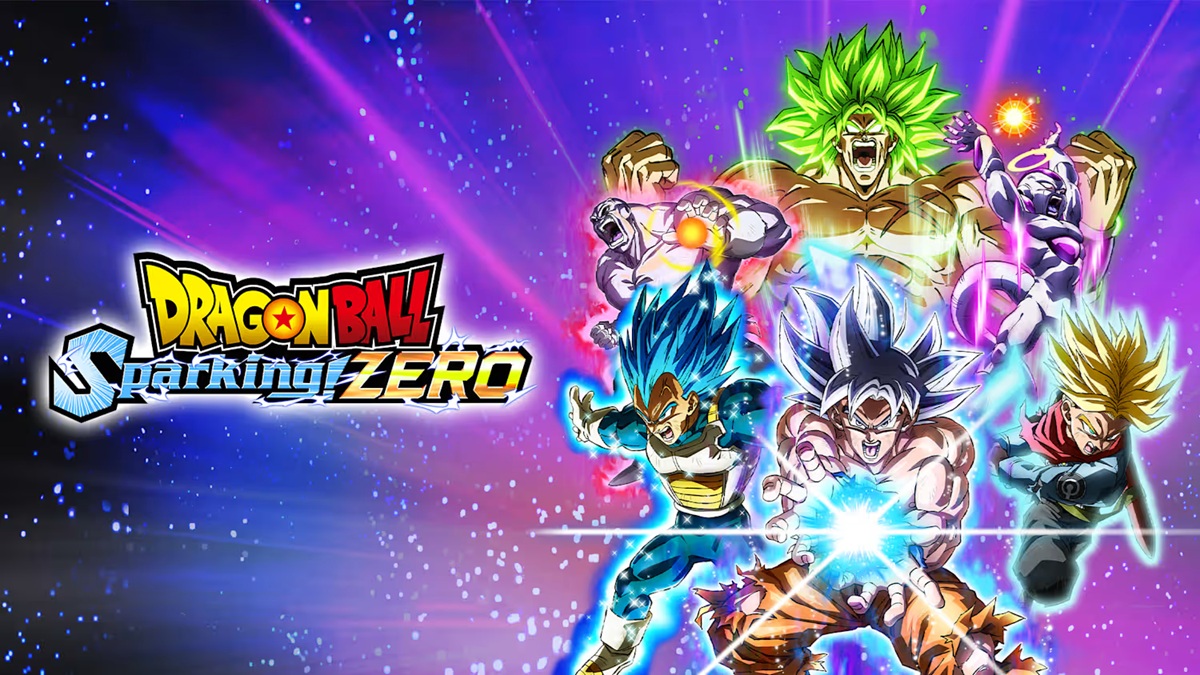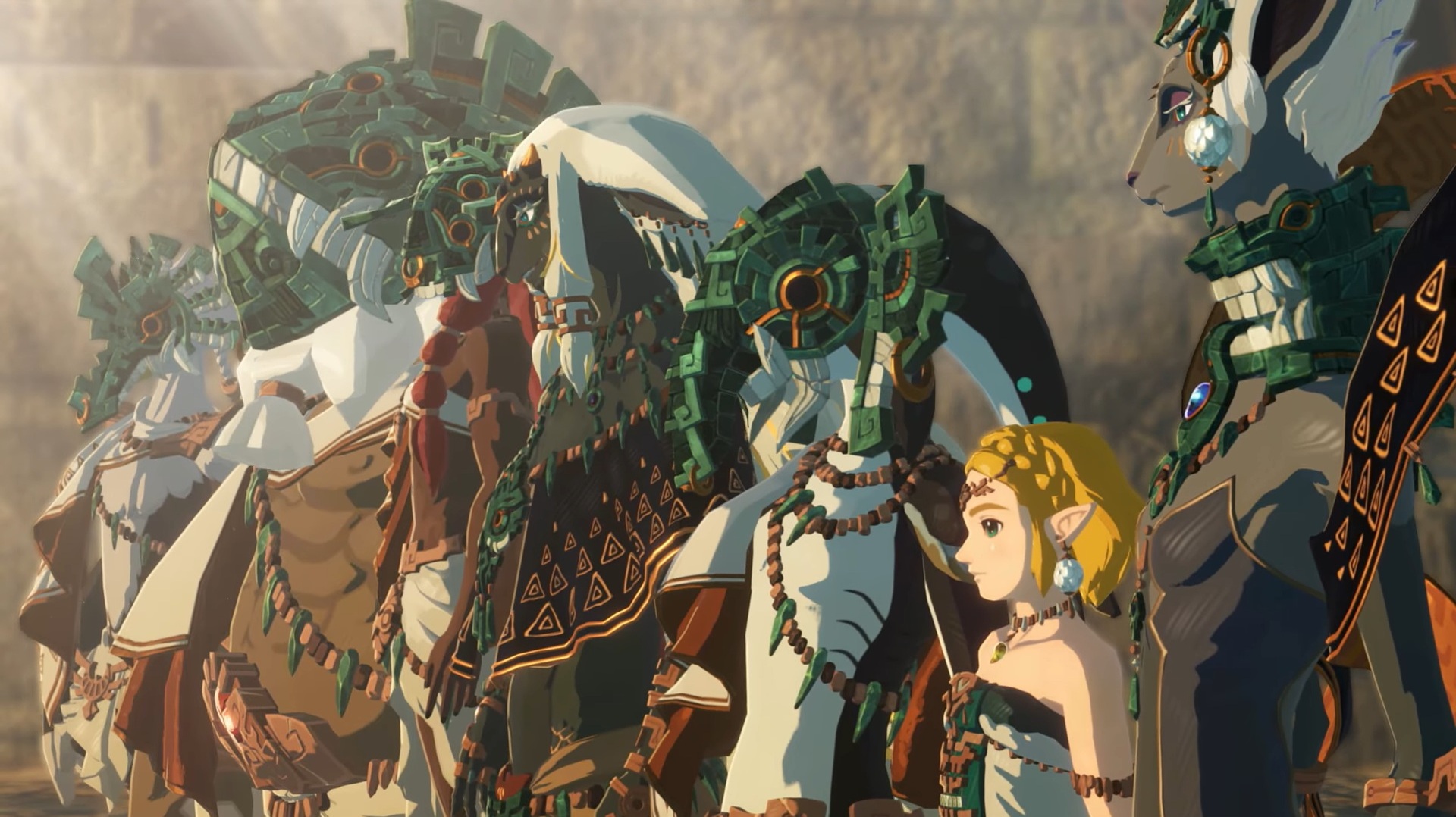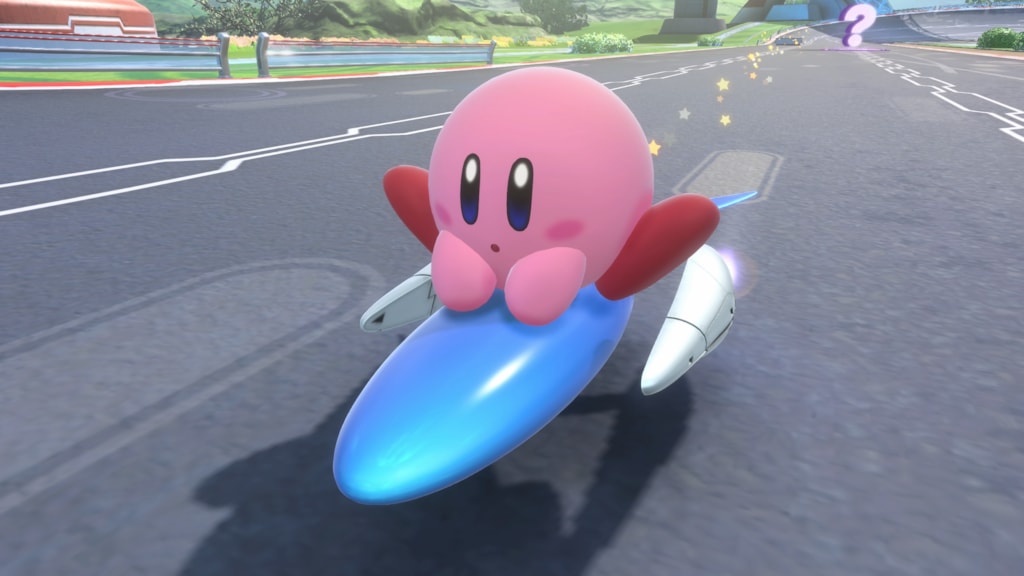Nintendo Switch 2 Price Announced: Analysts Predict Strong Early Sales Despite Higher Price Point
Entry information
Published on: April 03, 2025
Description
Nintendo has made headlines in the gaming industry with the official unveiling of the Nintendo Switch 2, setting the stage for the next generation of hybrid gaming hardware.
Announced with a base price of $449.99 in the US, €469.99 in Europe, and £395.99 in the UK, the Nintendo Switch 2 enters the market at a price point higher than its predecessor.
A special bundle, which includes a digital copy of the anticipated Mario Kart World, will be available for $499.99, €509.99, and £429.99 respectively.
The Nintendo Switch 2 brings a refined gaming experience to fans, following the huge commercial and critical success of the original Nintendo Switch, which has sold over 139 million units globally since its 2017 release.
The updated console is positioned as Nintendo’s response to evolving home and portable gaming trends, capitalizing on the enduring appeal of the company’s exclusive software lineup and increasing consumer demand for flexible, high-performance hardware.
While early reactions from the gaming community noted that the Switch 2’s hardware cost exceeded original expectations, industry analysts remain confident in the console’s commercial trajectory.
Much of the concern appears to center more on software pricing than the hardware itself.
Notably, a group of leading analytics firms and experts have released their sales forecasts for the Nintendo Switch 2.
According to data shared by The Game Business, Circana projects that 4.3 million units of the Nintendo Switch 2 will be sold in the US before the end of the year.
Wedbush analyst Michael Pachter forecasts global sales reaching 18 million units by June 2026, while Niko Partners anticipates at least 14.5 million shipments by December 2025.
Ampere Analysis expects the Nintendo Switch 2’s global sell-through to hit 13 million units this year alone, rising to 31 million by the end of 2026.
Piers Harding-Rolls, head of games research at Ampere Analysis, addressed questions regarding the impact of recent US tariffs on consumer demand and affordability.
Reframed in clear journalistic terms, Harding-Rolls stated that despite legitimate concerns regarding the influence of new trade tariffs—from a 46% tariff imposed on consoles manufactured in Vietnam to a 24% tariff on game cartridges produced in Japan—Ampere does not predict that the Switch 2’s pricing will hinder initial sales and adoption from dedicated fans.
These significant new tariffs went into effect only hours after the Nintendo Switch 2’s pricing announcement, leading some to speculate that Nintendo considered these external cost factors when finalizing its launch strategy.
However, Nintendo has not confirmed if the tariffs directly impacted pricing decisions for either the Switch 2 or its software lineup.
With a proven track record of delivering hit titles through both its Nintendo Direct broadcasts and the eShop, Nintendo remains one of the industry’s key innovators.
As the Switch 2 prepares for its official market debut, all eyes are on Nintendo to see if this next-generation console can replicate—and surpass—the monumental success of its predecessor.
Stay tuned for more updates on Nintendo Switch 2 release dates, launch titles, and ongoing sales milestones.






